Yellowstone Volcano- Why the Supervolcano Could Kill Us All

A nuclear meltdown? Zombies? Biological warfare run amuck? It won’t necessarily require a manmade threat to bring humankind down to its knees: a more natural apocalypse is just as possible and it’s right here in the United States. If you’ve visited one of the country’s most popular and famous national parks recently, you might have been walking on a ticking time-bomb. We’re talking about the Yellowstone volcano, or to be more accurate, the ‘supervolcano.’
If the menacing supervolcano under Yellowstone National Park exploded, it would take a huge chunk of the United States with it. And it wouldn’t just be the area around Yellowstone that would be affected. From East Coast to West, the effects of the Yellowstone volcano eruption would be felt. After 600,000 years, some say this thing is overdue for an eruption. Are they right? Learn the truth, and SHARE this apocalyptic reality with your friends!
What a Regular Volcano Is
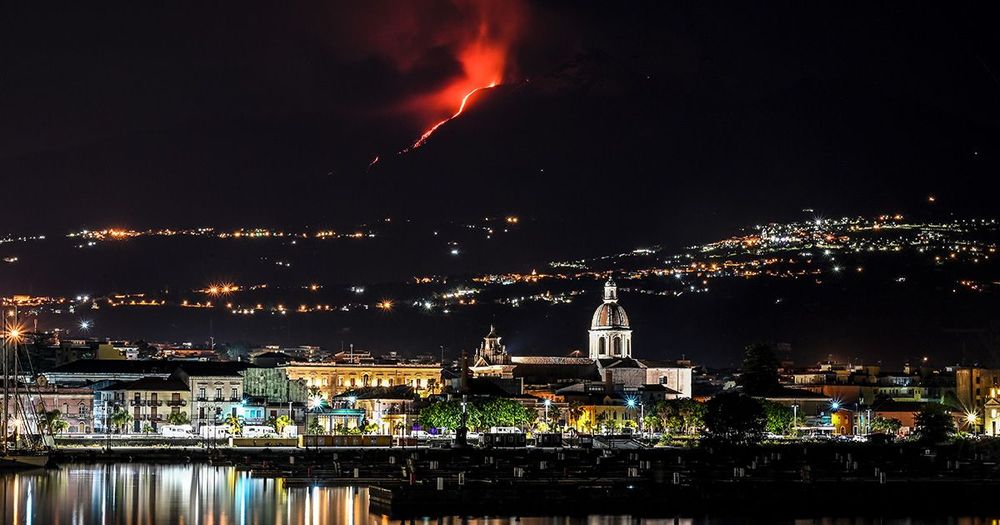
Everyone knows a volcano when they see one. It’s that mountain which spews fire, lava, and death. But on a deeper level, what – exactly – makes a volcano, well, a volcano? On a technical level, a volcano is defined as a rupture in the earth’s crust, usually found wherever the planet’s tectonic plates diverge or converge. Most volcanoes are underwater, though many can be found on the surface. When volcanoes erupt, they release all the lava, gas, and ash from their underground magma chambers. Scary? For sure. It’s not anywhere near as scary as a so-called 'supervolcano,' though …
Why Supervolcanoes Are Far More Terrifying
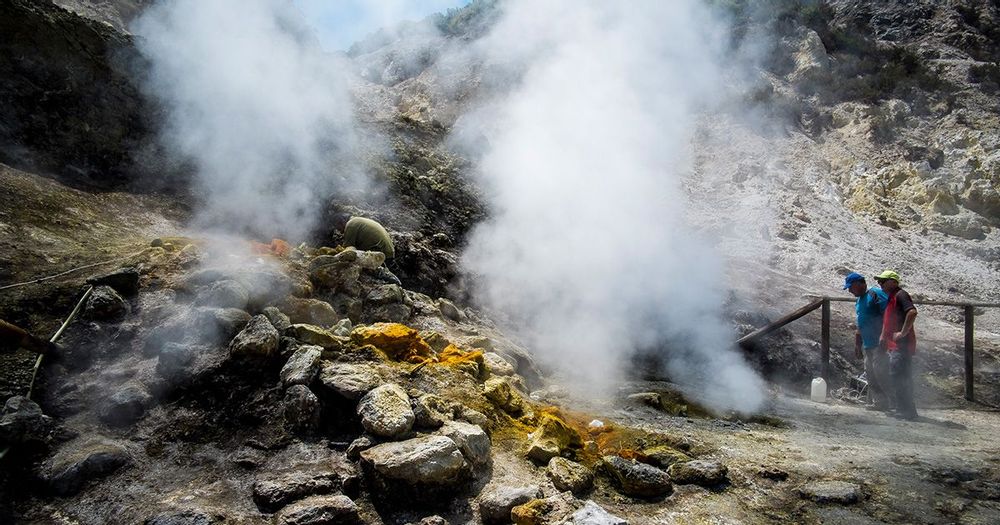
The first thing to understand about supervolcanoes is that when they blow their top, the deposits go way further – over 240 cubic miles – and cause way more damage. Secondly, though, the way they function is a bit different. Whereas regular volcanoes burst because the semi-molten magma inside has cracked open the chamber, supervolcanoes blow up because low-density magma has slowly pushed up, up, up into the crust, until the pressure is too much, and a supervolcanic eruption occurs. So far, a super-eruption hasn’t occurred in tens of thousands of years … but it could, and that’s the scary thing for the planet.
Meet the Yellowstone Caldera
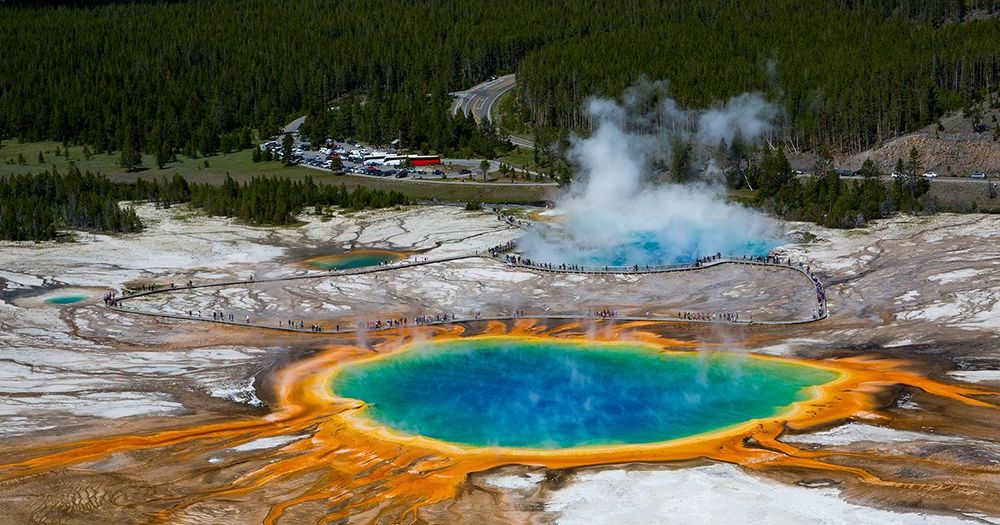
If you live in the United States, then the supervolcano that you’re probably worried about is the one located in Yellowstone National Park, the Yellowstone Caldera, located right in Wyoming’s northwest corner. A caldera, if you’re wondering, is the name of that giant hole in the earth – you might think of it as a crater, but it’s actually more like a sinkhole – caused by volcanic eruptions. Basically, when the magma chamber beneath empties out, the rock above collapses down. If you’ve ever seen pictures of Yellowstone, you’re probably familiar with the wacky and alien colors you can find there. This is a result of the volcano bubbling beneath.
How Big is It?
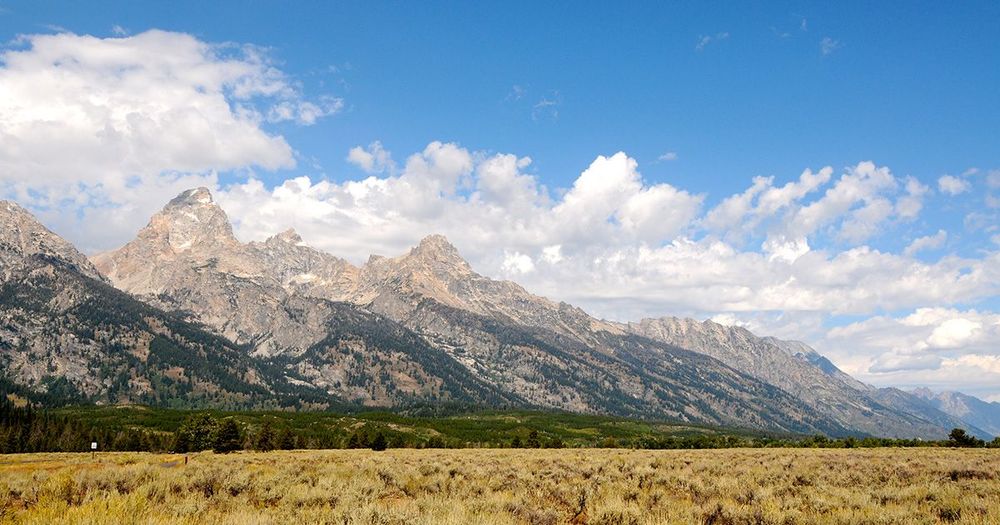
Just how big does a supervolcano need to be, in order to count as a supervolcano? Well, the name actually refers to the size of the resulting super-eruptions, rather than the volcano itself. However, the Yellowstone Caldera is one seriously massive beast. It extends an astonishing 34 x 45 miles (or 55 x 72 km). For the record, there’s no giant crevice of molten lava … at least, not on the surface. All the scary stuff is underground. You could walk all over the area and not realize you had an inferno bubbling beneath your feet.
When Did It Last Erupt?
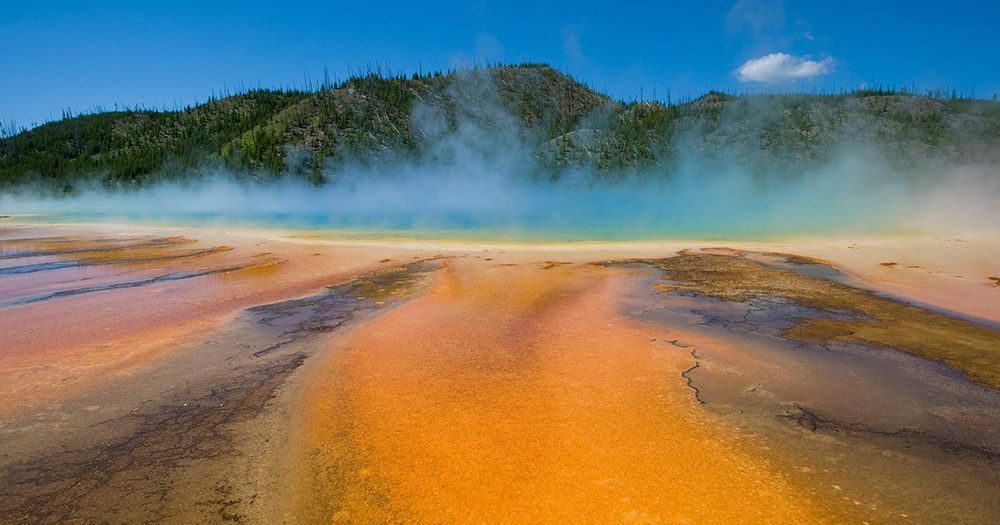
If the Yellowstone Caldera experienced a super-eruption, it would have devastating consequences for pretty much everyone in the United States. Which, really, just begs the question- When will it erupt, and how long as it been since the last one? Well, as far as the latter point goes, it’s been a while. A long while. The last time Yellowstone blew its top was 664,000 years ago. Before that, it was 1.3 million years ago, and before that, 2.1 million years ago. So, it doesn’t happen often.
Hot Springs
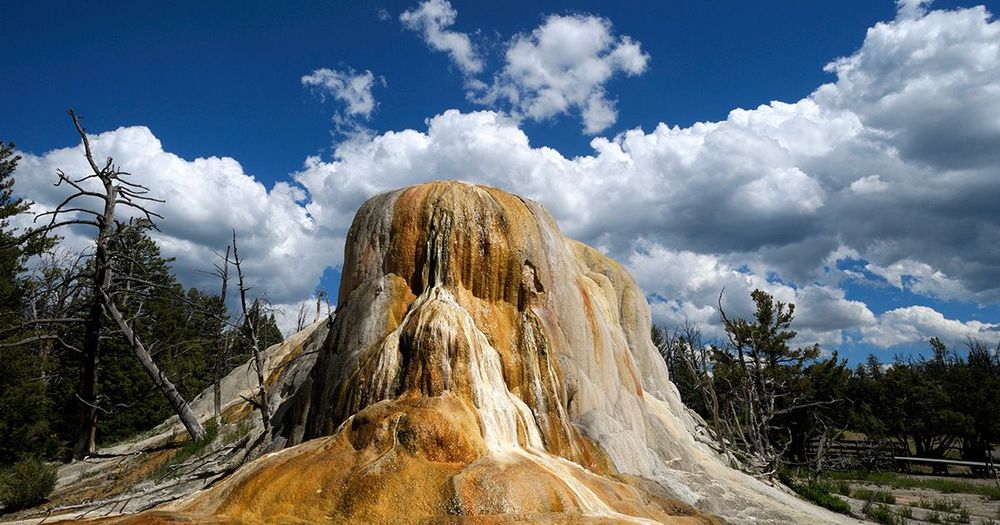
Some of the most popular tourist spots in Yellowstone National Park are the various hot springs, of which the Orange Spring Mound – pictured above – is a notable example of. These hot springs take on lots of wild and wacky colors, which will definitely make you feel like you’re on an alien world. Now, lots of people enjoy dipping into hot springs. Who could blame them? But you should be aware, at least, that hot springs exist because of geothermally heated groundwater rising from the earth’s crust … or in other words, volcanoes. So, the Yellowstone Caldera might be scary, but it’s also the reason the Orange Spring Mound exists.
So What Happens If the Yellowstone Caldera Blows?
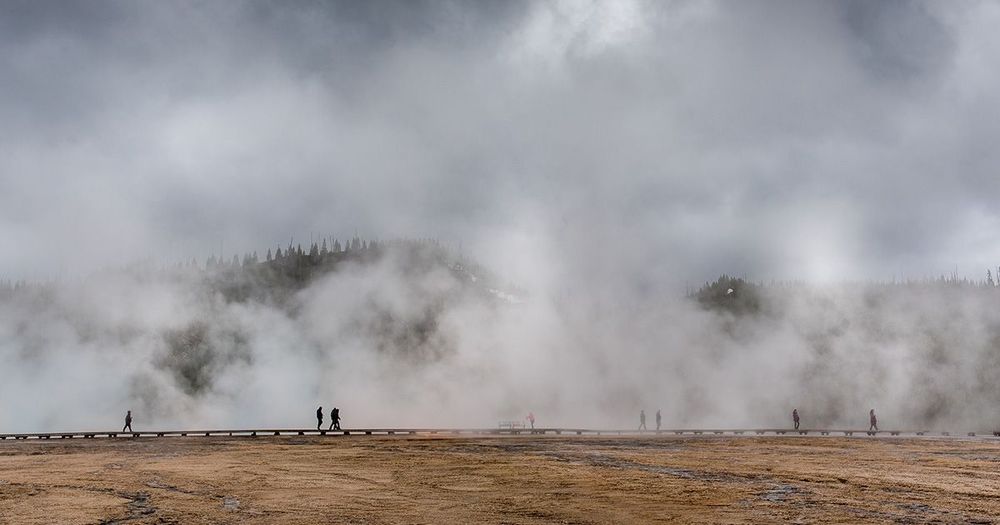
Now, to be clear, if Yellowstone did have an eruption, it would most likely be a small one. Small eruptions are much more common than big ones, and even these are quite rare. The last small lava flow at Yellowstone was about 70,000 years ago, to give you an idea of how infrequent they are. If this did happen, the damage wouldn’t be much worse than any ordinary volcano. That said, if a big, major, 'super-eruption' did occur at Yellowstone, it would be unlike anything you’ve ever seen before. The sheer size of it would be so overwhelming that even the eruption of Mount St. Helens would look like a mere pin prick in comparison.
What Happens After the Big Boom?
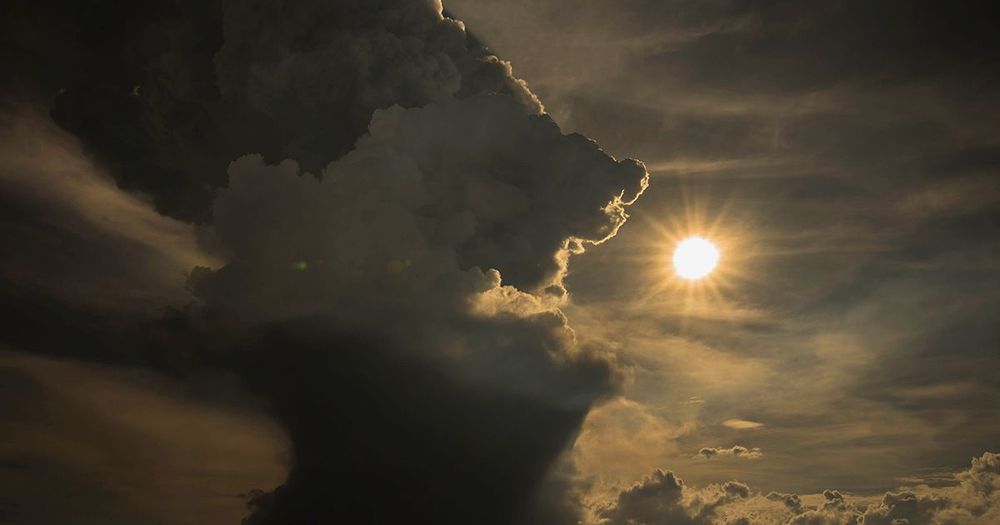
If Yellowstone did experience a super-eruption, scientists would see it coming. There would be weeks of severe seismic activity in Yellowstone National Park, a clear warning sign, and then the big explosion of lava would happen. Here’s the thing, though- the lava itself wouldn’t be a big deal. It is estimated that the lava would only flow outward about 40 miles, which isn’t good for anyone in the park, but hardly apocalyptic. The real danger, bizarrely enough, would the explosion of volcanic ash that would spread in every direction.
Three Feet of Ash Is No Joke
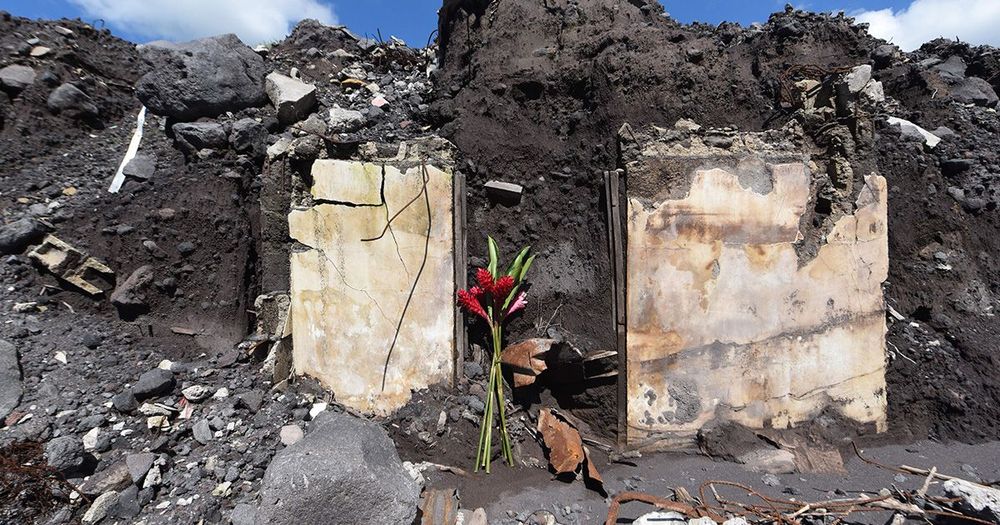
Volcanic ash, to be clear, isn’t something you can just dust off your sleeve. It’s composed of fractured glass and rocks, which is not something you want to be breathing. Volcanic ash causes severe health issues in anyone who breathes it, so an explosion of this size would kill countless people, animals, plants, and more, while giving countless others lifelong respiratory problems. How much ash? Imagine the Rocky Mountains covered by three feet of the toxic stuff, and you’ve got the right idea. The ash would quickly spread across the surrounding states of Wyoming, Colorado, Utah, and Idaho.
Air Travel Would be Canceled
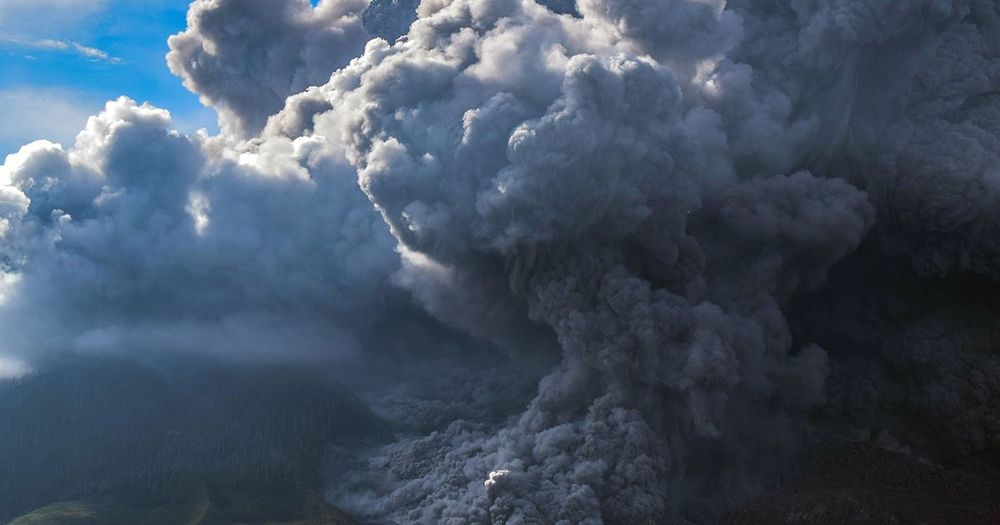
Now, if the Yellowstone supervolcano erupted, and you heard it on the news, probably the first thing you’d want to do – if you were anywhere close to the immediate area – is hightail it to the nearest airport and get as far away as possible. There’s just one problem- all that ash in the air would make it impossible to fly in a plane. As the ash spread further and further, it would basically cancel out all air travel across the United States. Everyone would be grounded.
The Coasts Would Get Hit, Too
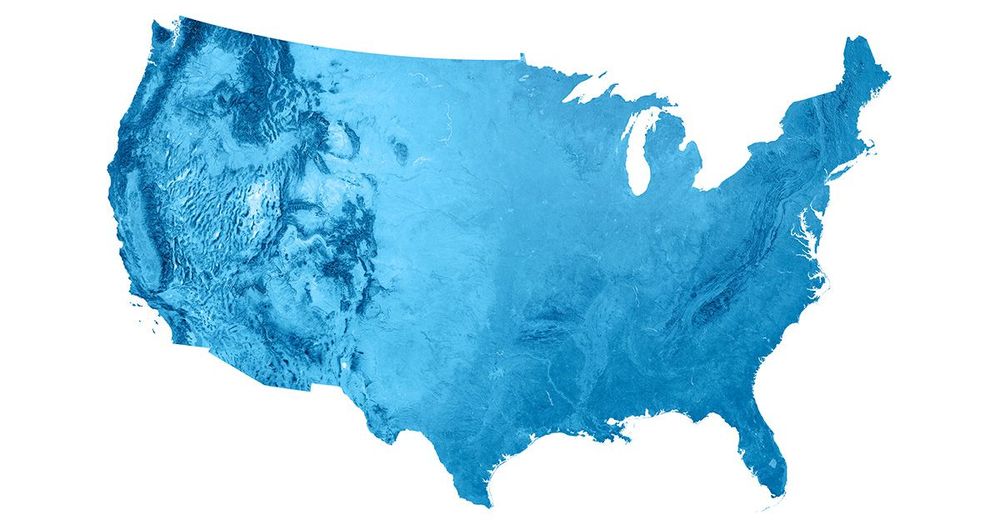
Just because you live in Oregon or Maine, don’t think that you’d be safe from the eruption of the Yellowstone Caldera. If it happened, the impact would spread all the way to both coasts of the United States. East Coast and West Coast alike would see deadly volcanic ashes darken the sky, slash up their lungs, and kill the landscape. Now, the amount of ash wouldn’t be anything close to the levels seen in the Yellowstone area itself, of course. The Midwest states, for example, would only get a few inches, rather than a few feet. Still, if you’re in the continental U.S., you’d suffer.
The Fatalities Would Be Immense
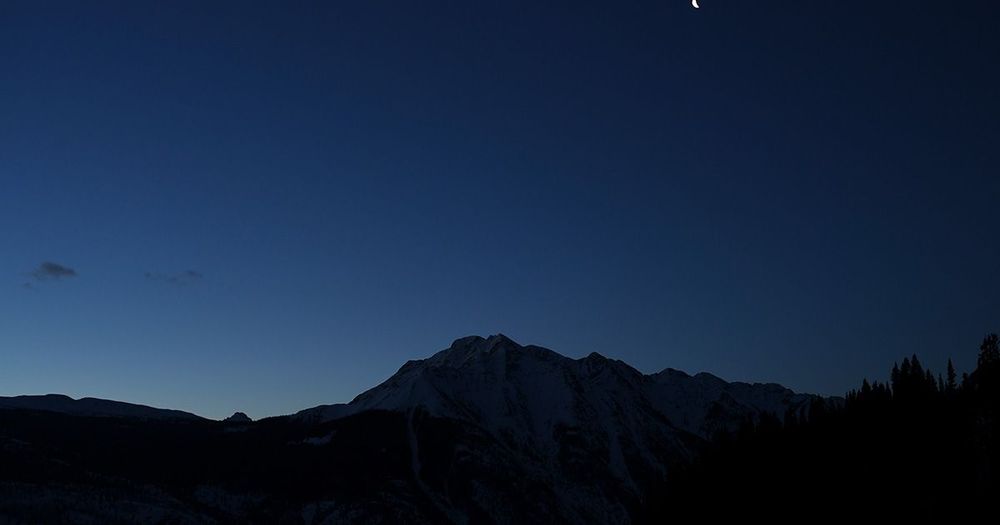
How many people would die if Yellowstone erupted? Well, a lot. First of all, anyone in the area of 1,000 miles would have no hope of being rescued. At least ten feet of molten ash would block off all ground entrances, and planes wouldn’t be able to swoop in, either. Altogether, the number of people who would die – almost immediately upon eruption – would be a shocking 90,000. The prolonged health effects, though, would be catastrophically worse, and probably take millions of lives over time.
Nuclear Winter
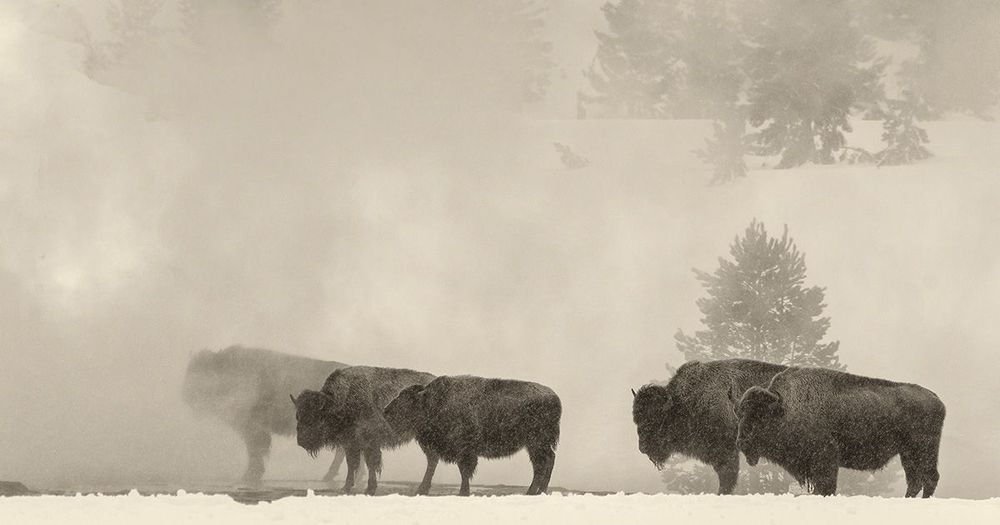
If Yellowstone ever erupts, then you’ll have to say goodbye to that fresh, bright, sun in the morning. Volcanic gases, mixed with the water in the atmosphere, would blanket skies across the country, making for days that weren’t just darker – but colder. This would mirror the effects of a nuclear winter, in all the worst ways. Crops would die out across the country, destroying farms, making less food for farm animals to eat, and destroying the country’s food supply. It would get bad, fast.
Pushing Up, Up, Up …
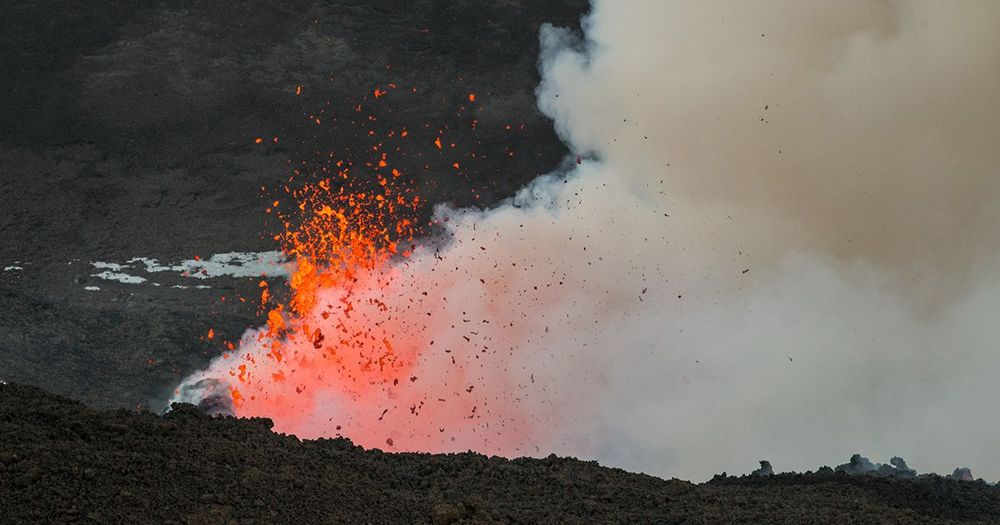
Again, the cause of a potential Yellowstone eruption is upward movement. Researchers began measuring the upward mobility of the caldera’s floor all the way back in 1923, and have been tracking it since. That’s why it was so alarming when, in the years between 2004 and 2008, the floor moved up three inches each year. This movement was three times faster than it ever had, since they first started tracking it. Thankfully, this upward movement slowed significantly in 2009, and has continued being slow ever since. Which you probably guessed, since you’re still alive today, instead of coughing out volcanic ash.
On the Other Hand, the Volcano Might Just Die Out
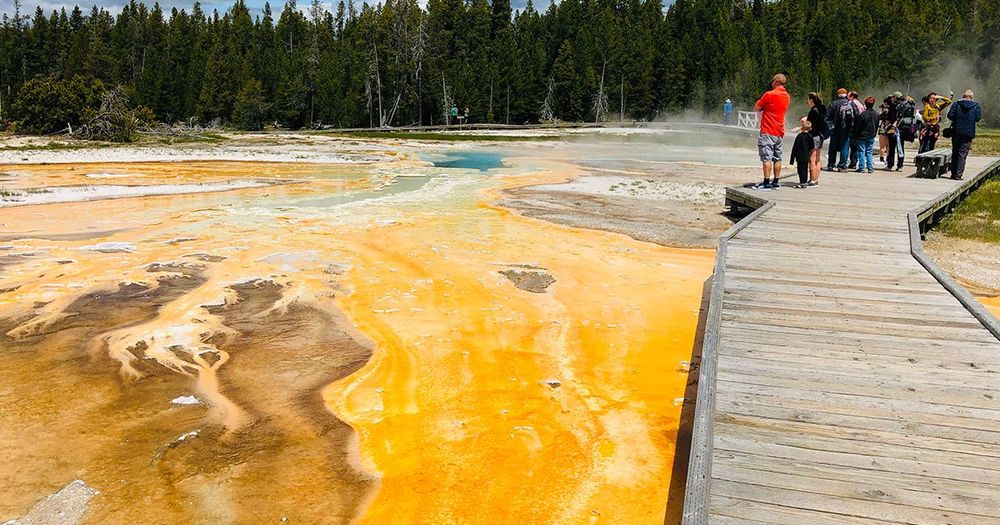
Now, while it might seem scary that it’s been so long since Yellowstone’s eruption, researchers actually think it’s entirely possible it might never explode again. That’s because the volcanic hotspot beneath the park is slowly progressing northeast, and while this would take a million years, it would cause the Yellowstone volcano to die out, since there’d be no more heat coming from below. Basically, the molten chamber would freeze, and just become a big pile of granite. … Wait, supervolcanoes can die out? Yes, they can, and that might be the eventual fate of Yellowstone. Just give it a few thousand centuries.
What Are the Odds?
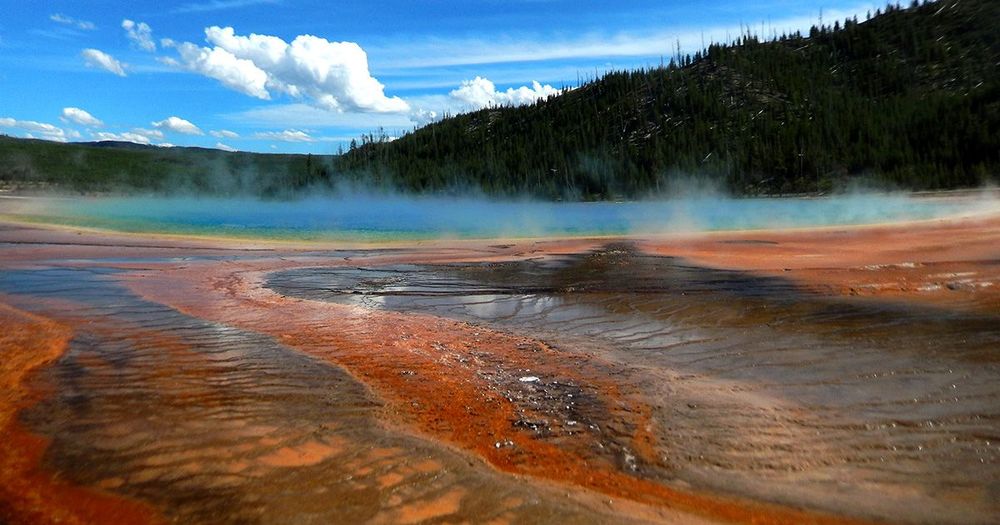
The common notion that the Yellowstone Caldera is overdue for its next big eruption is based on a misunderstanding. Volcanoes don’t have deadlines for when they erupt. With Yellowstone, in particular, there’s no proof that it’s operating on a consistent schedule with these things. That said, the United States Geological Survey (USGS) says that, if you looked at the supervolcano’s past alone, the chance that it might erupt this year, or next, are about 0.00014 percent. Not something you want to place bets on, that’s for sure.
Where Is the Hotspot, Exactly?
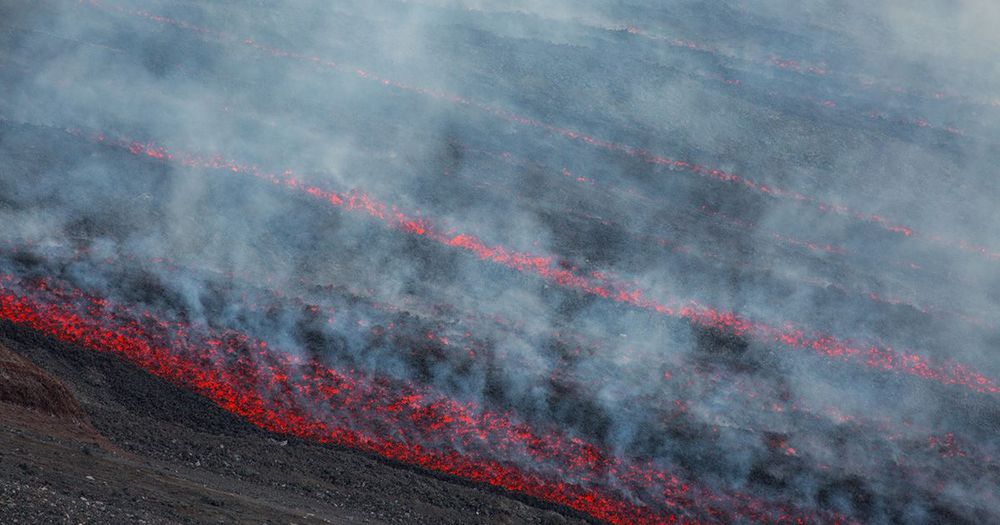
The exact location of the hotspot beneath Yellowstone National Park is a source of much debate among experts. Volcanic activity in Yellowstone is rather recent – in geological terms, not human ones – and so that makes it complicated. Without getting too deep into the science, many geologists think that the hotspot is located just beneath the earth’s lithosphere (in other words, the very outermost shell of the crust) and the upper mantle (the layer just beneath the crust). So, not too deep, but no, you don’t need to worry about digging it out.
Yellowstone Has Survived a Lot of Earthquakes
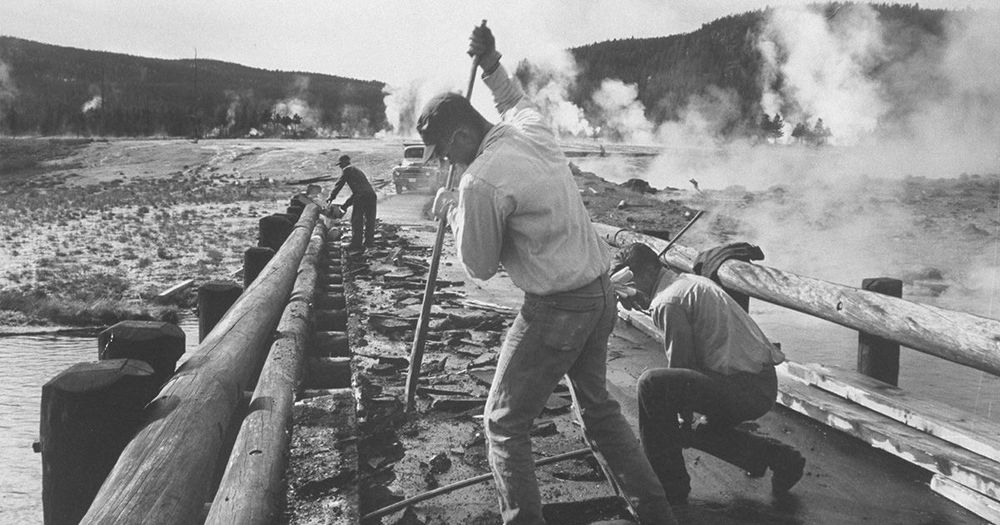
If Yellowstone does ever have a super-eruption again, the cause will be an earthquake. Or, rather, a series of earthquakes, which will eventually shatter the rocks above the magma, and trigger the eruption. That said, Yellowstone has survived many, many earthquakes over the years. These ground shudders are nothing unusual, and the caldera hasn’t stirred, despite rising and/or falling ground. So, if the ground does shake when you’re visiting Yellowstone Park, don’t get too worried. You’re most likely not going to be engulfed in lava.
More on Earthquakes
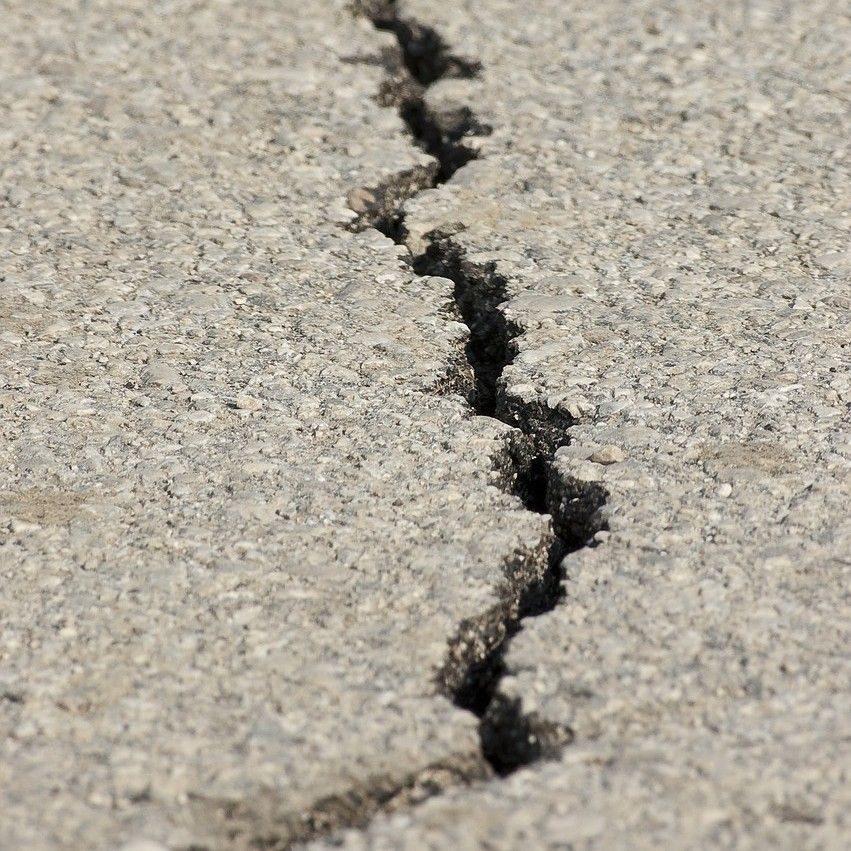
As mentioned, earthquakes at Yellowstone are nothing unusual; in fact, the park experiences between 1,000 and 3,000 of them per year. If you do the math, that’s almost three earthquakes per day on average – on the low end! While most of these earthquakes are too small for park-goers to feel, they’re indicative of the amount of seismic activity that occurs in the area – in fact, it’s one of the most seismically active areas in the United States!
Yellowstone's Most Recent Big Earthquake
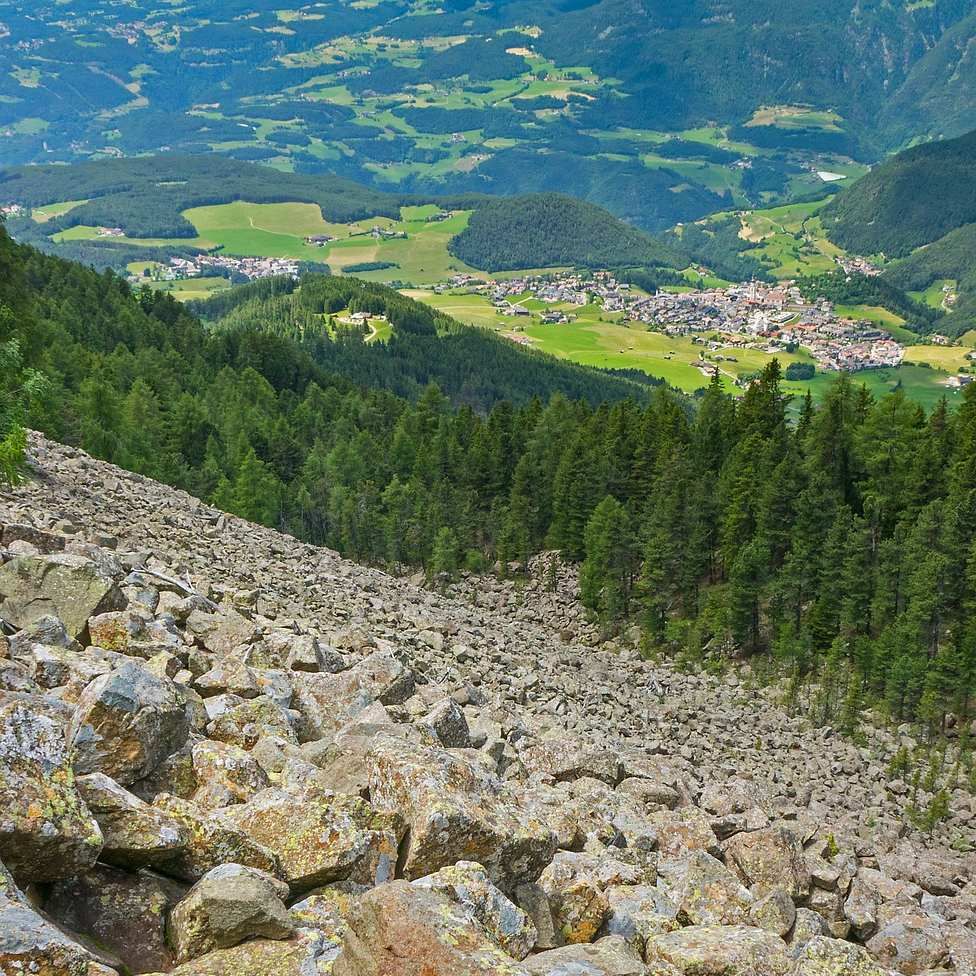
While small earthquakes happen all the time at Yellowstone, significant ones occur rarely. In fact, the last significant earthquake in the region happened all the way back in 1959, with a magnitude of 7.5. It caused nearly $70 million in damages and led to 28 deaths, mostly by landslide.
Hydrothermal Problems
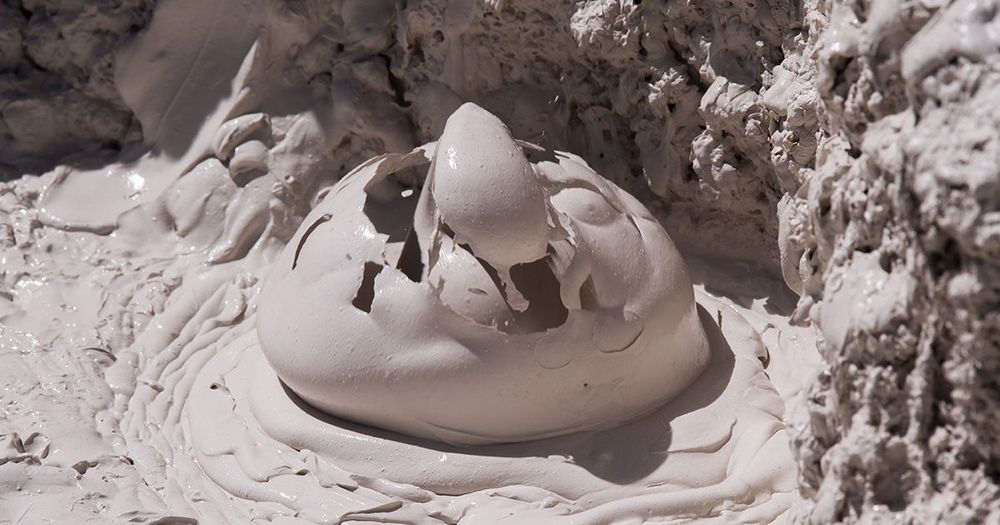
One very real way that the Yellowstone supervolcano can change the landscape, which is totally separate from volcanic activity, is through hydrothermal activity. Hydrothermal reactions within the area – caused by superheated water, trapped beneath the earth, rapidly changing from liquid to steam and exploding outward – have created large bodies of water such as Mary Bay and Turbid Lake. Yes, that’s how these things happen. None of this is going to send volcanic ashes scattering to both coasts, of course, but Yellowstone’s hydrothermal reactions have had a very real impact on the landscape, and may again in the future.
NASA Tried to Figure Out How to Stop It
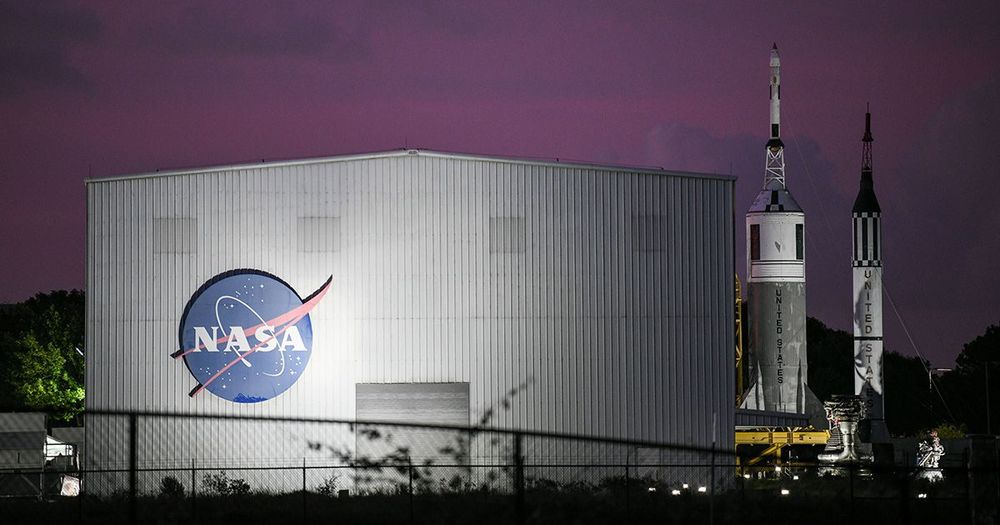
If this was a science fiction movie, who would you call upon to prevent a giant supervolcano from erupting, and destroying the United States? Well, probably the Avengers, or maybe the Men in Black. In real life, though, NASA investigated the cause in 2017, and tried to figure out how such a catastrophic event could be stopped. Their suggestion was that pumping high pressure water underground could cool the magma chamber by 35 percent, and prevent the apocalyptic situation from occurring. The cost would be $3.46 billion, but hey, totally worth it. On the other hand, critics have suggested that such a technique could also trigger an explosion, so it might not be a good idea.
The Yellowstone Caldera Has Done Good Things, Too
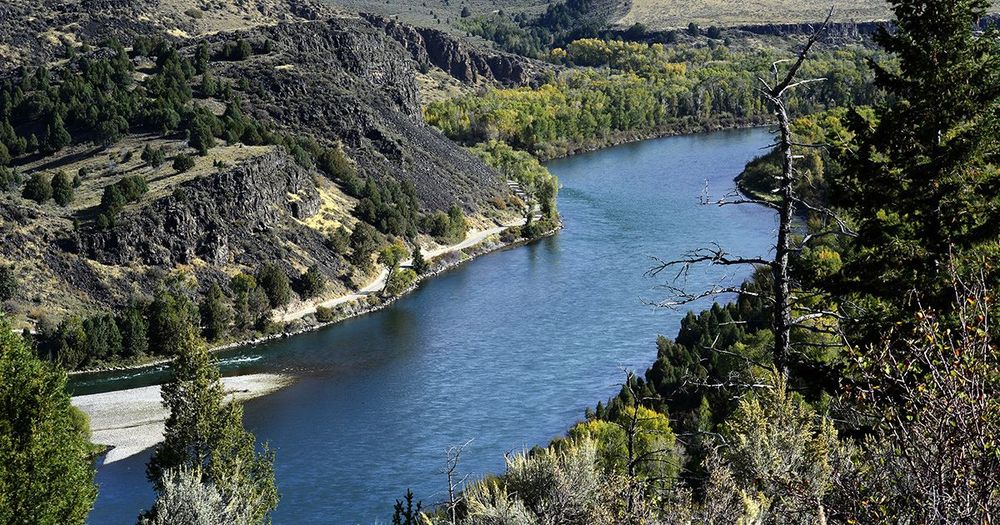
It’s easy to look at the bad side of things, when it comes to volcanoes and supervolcanoes, and to overlook that the landscapes we enjoy today are generally the result of volcanic activity. The beauty of Yellowstone National Park, and its surrounding area, is no exception. For example, if you’ve enjoyed the cool waters of the Snake River Plain, you have the previous eruptions of Yellowstone to thank- before that, this was once just a bunch of mountains. Thanks, supervolcano!
Enjoy the Geysers
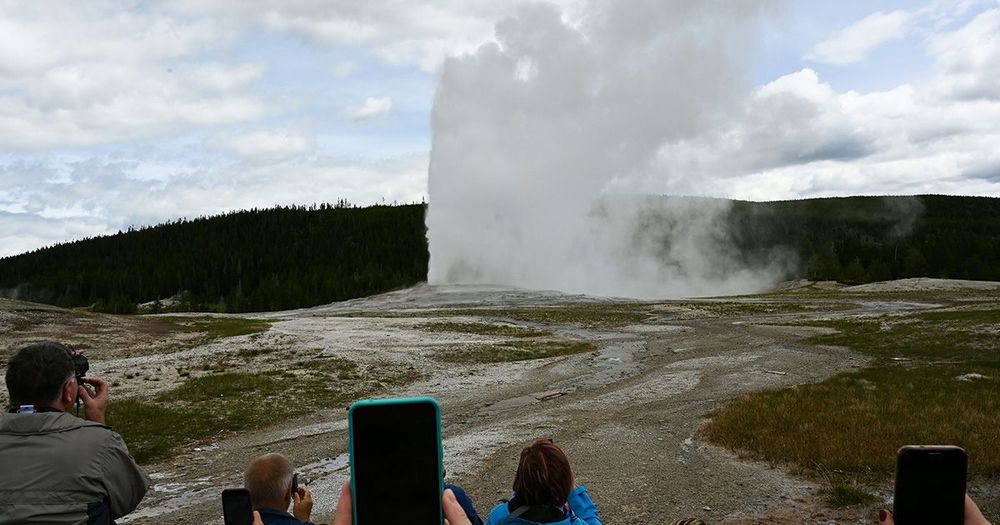
Another nice side effect of Yellowstone’s unique geological conditions are, of course, the geysers. Geysers blast out from geothermal vents, like a whale’s blowhole, and they are caused by the same mechanisms that create hydrothermal explosions … though luckily, they’re a lot less violent or destructive. Just a bunch of water gushing into the air. You can stand there, and record it on your phone! In Yellowstone, the most famous geyser is probably Old Faithful, pictured above.
Is It Safe to Visit Yellowstone?
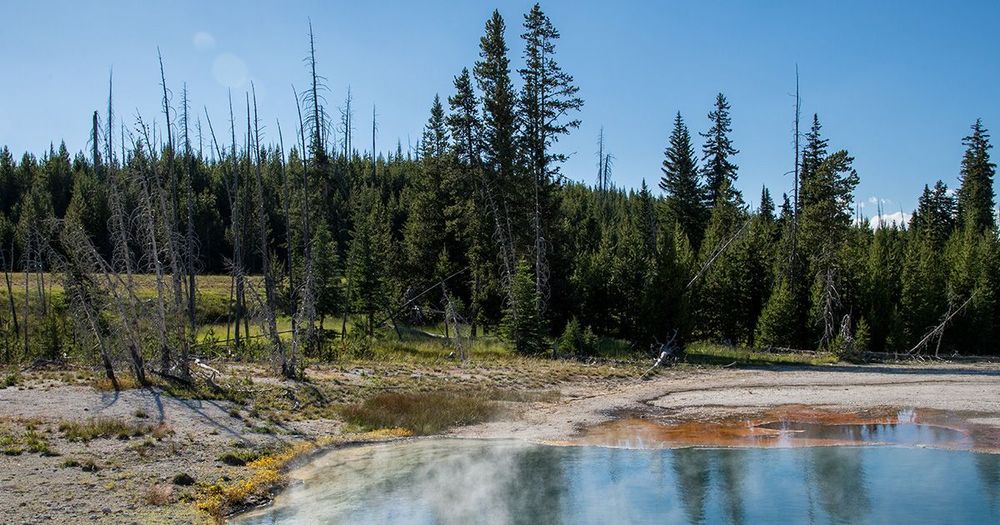
The apocalyptic warnings you receive about Yellowstone National Park are based on the threat of the supervolcano erupting, and yes, that is a very real possibility. A real possibility shouldn’t be confused with being a likely possibility, though, which Yellowstone isn’t. Considering the low odds of Yellowstone exploding in your lifetime, if ever, it certainly shouldn’t discourage you from visiting the park. Seriously, there’s a reason people rave about it. Don’t miss out on the stunning natural landscape, hot springs, or geysers just because you’re concerned about the end of the world.
Should You Be Worried for the Future?
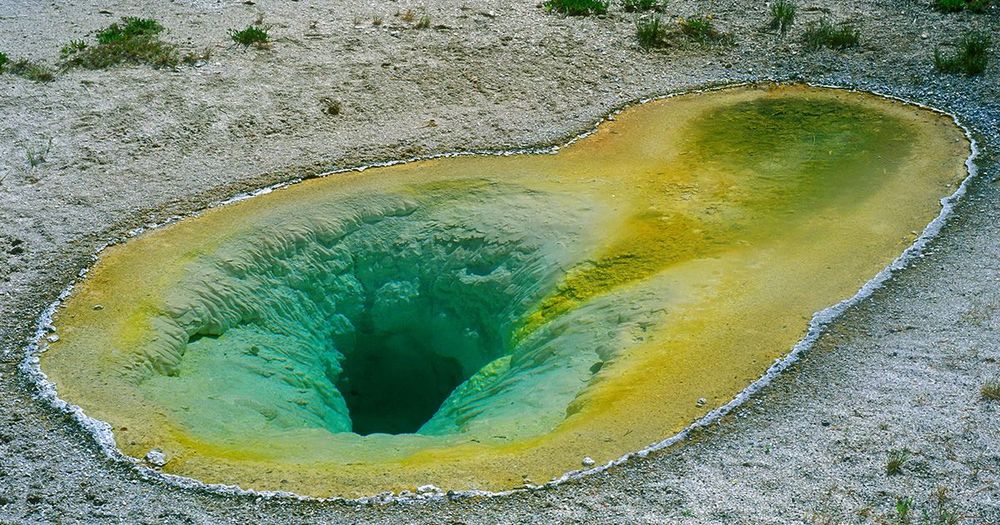
Sure, there are a lot of reasons to worry about the future. However, while the eruption of the Yellowstone Caldera probably would ruin your life – if you survived in the first place – there are a lot of bigger concerns out there. Furthermore, any super-eruption at Yellowstone is going to be preceded by lots of seismic activity, for weeks or months ahead of time. It won’t happen randomly. Besides, what are you going to do if it does explode? Not much.
Other Supervolcanos Are Out There
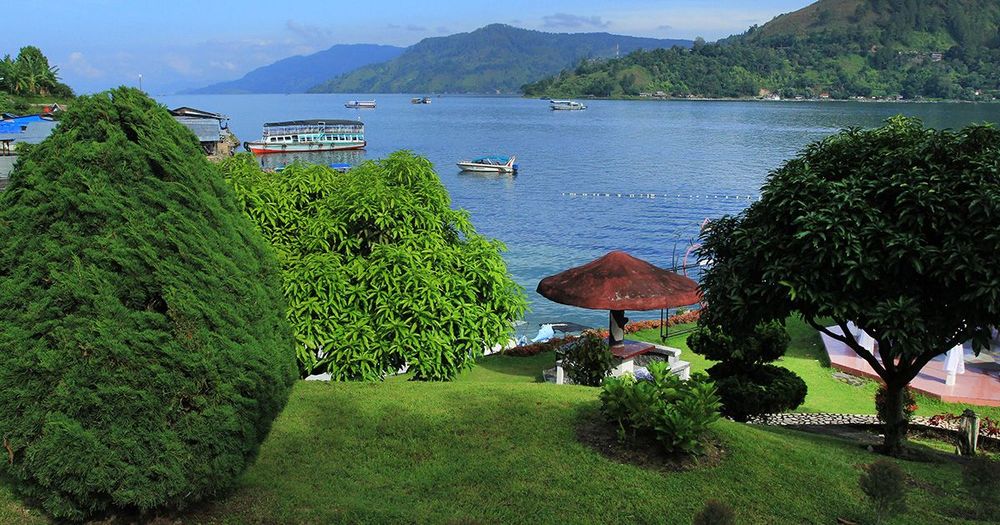
Yellowstone hogs all the press, so it’d be easy to think that it’s the only supervolcano in the world. It isn’t. There are a lot of them out there, all of which could have a serious impact. For instance, there’s Indonesia’s Lake Toba, which is situated right inside a supervolcano’s caldera, making it the largest volcanic lake in the world. When Toba blew up about 74,000 years ago, it was the largest eruption of the last 25 million years, and singlehandedly changed the climate. There’s also the Taupo caldera in New Zealand, the Aira Caldera in Japan, and the Valles Caldera in New Mexico. So hey, if you’re intent on worrying about volcanic ash, don’t focus all your attention on Yellowstone.
Assessing the Imminent Threats of Volcanoes
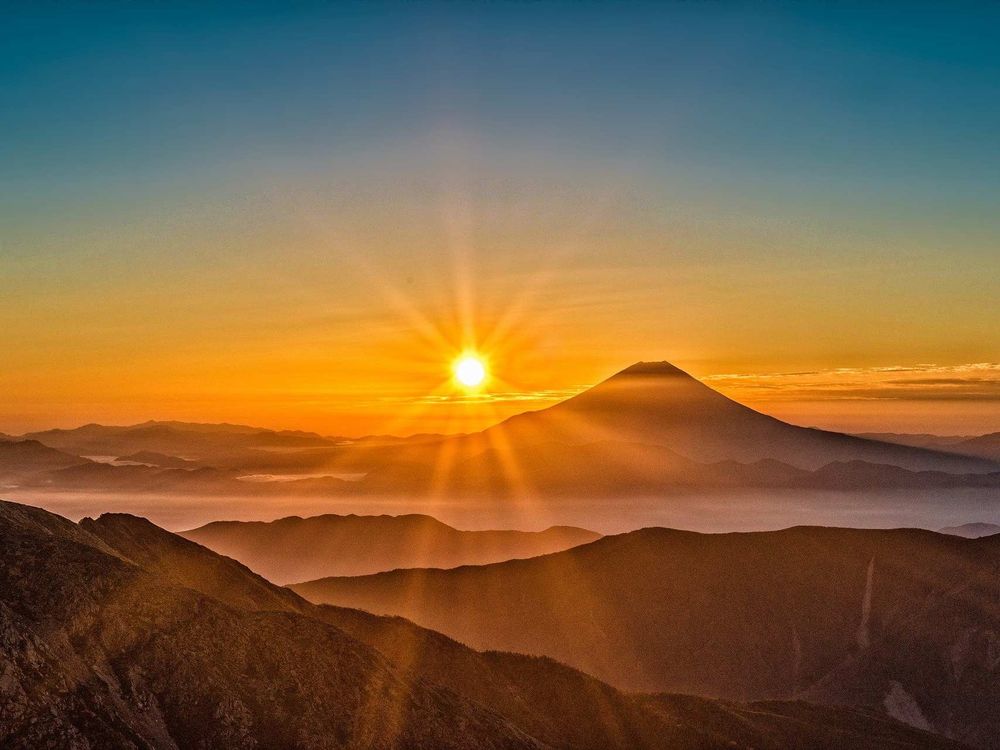
There are a handful of volcanoes in the world that you should be far more concerned about over a hypothetical eruption of the Yellowstone caldera, and their threats are assessed asking the following questions- What is the population density like around the volcano? What type of magma erupts from it? What is its eruption history like? And lastly, volcanoes that have been dormant for longer pose more of a threat because they have more pressure mounting up inside them.
So Which Volcanoes Should We Be Most Worried About?
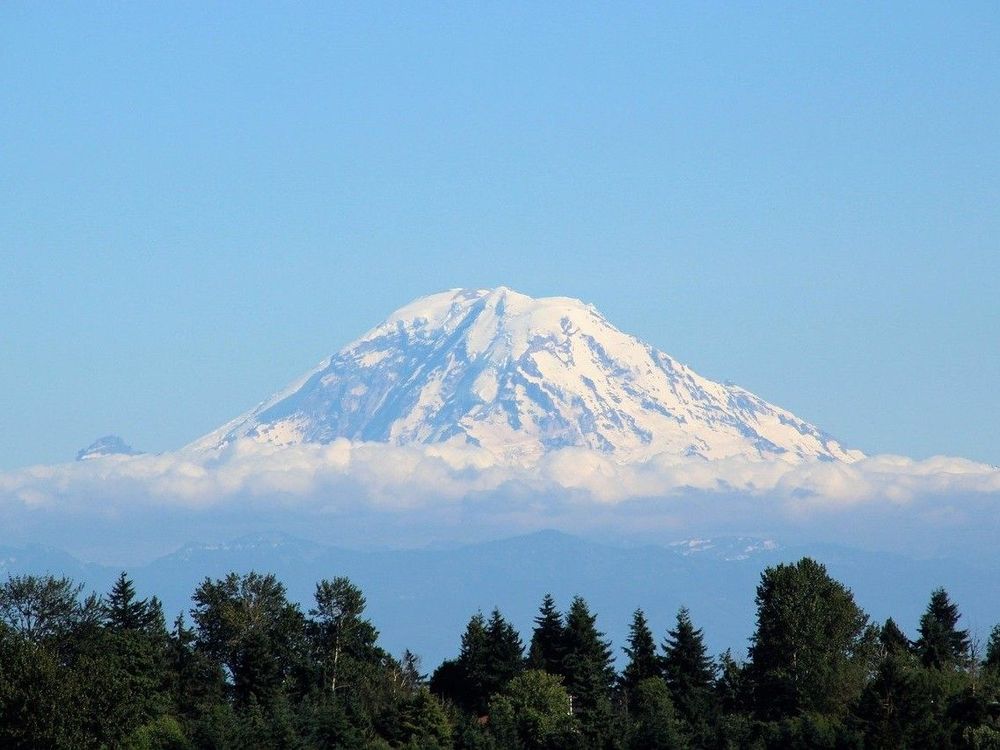
The volcanoes you should be most concerned about with regard to imminent danger are- Vesuvius, Rainier (pictured), Novarupta, Pinatubo, St. Helens, Agung, Fuji, and more. An eruption from any of these volcanoes would spell danger due to their close proximity to the large populations of nearby towns and cities, and deadly impending pyroclastic flow.
The Bottom Line
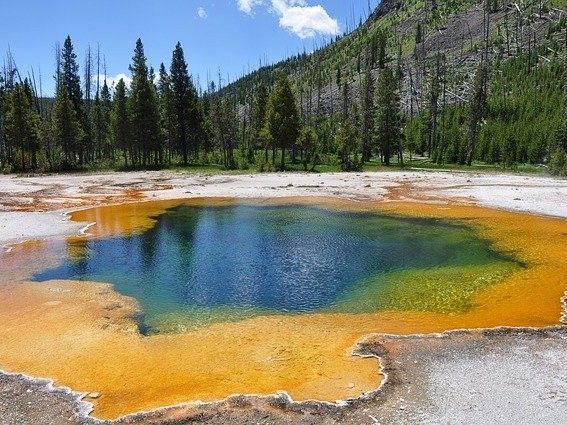
The bottom line here is, while the thought of a Yellowstone caldera eruption is certainly terrifying, its dangers have been blown way out of proportion and there are far more dangerous volcanoes to worry about (and even those aren’t of imminent threats to us without proper warning by the volcano itself). So go ahead and plan that trip to Yellowstone and enjoy yourself. After all, as we stated before, we’ll know well in advance if a disaster is indeed going to strike!
Quick Links
